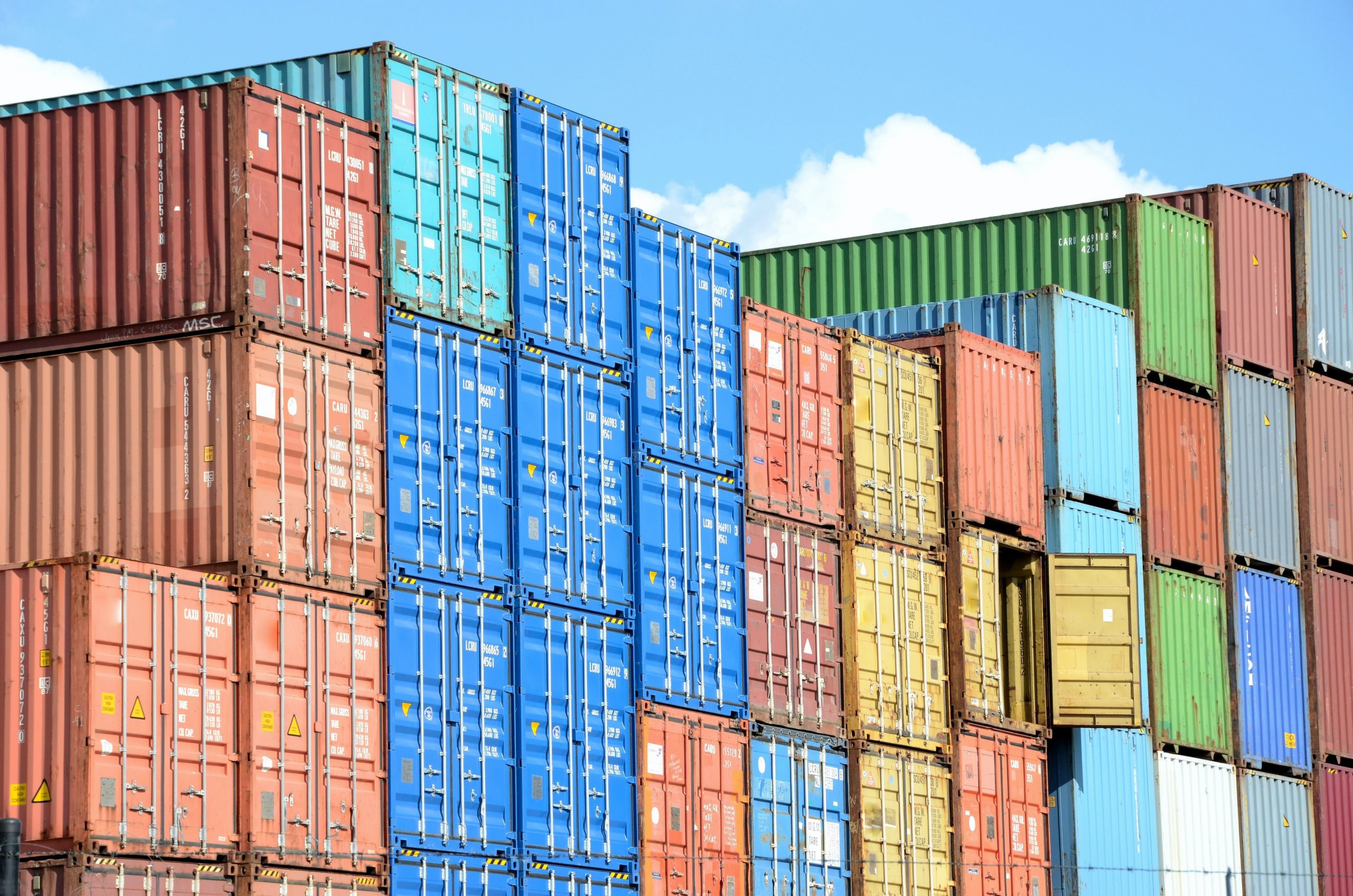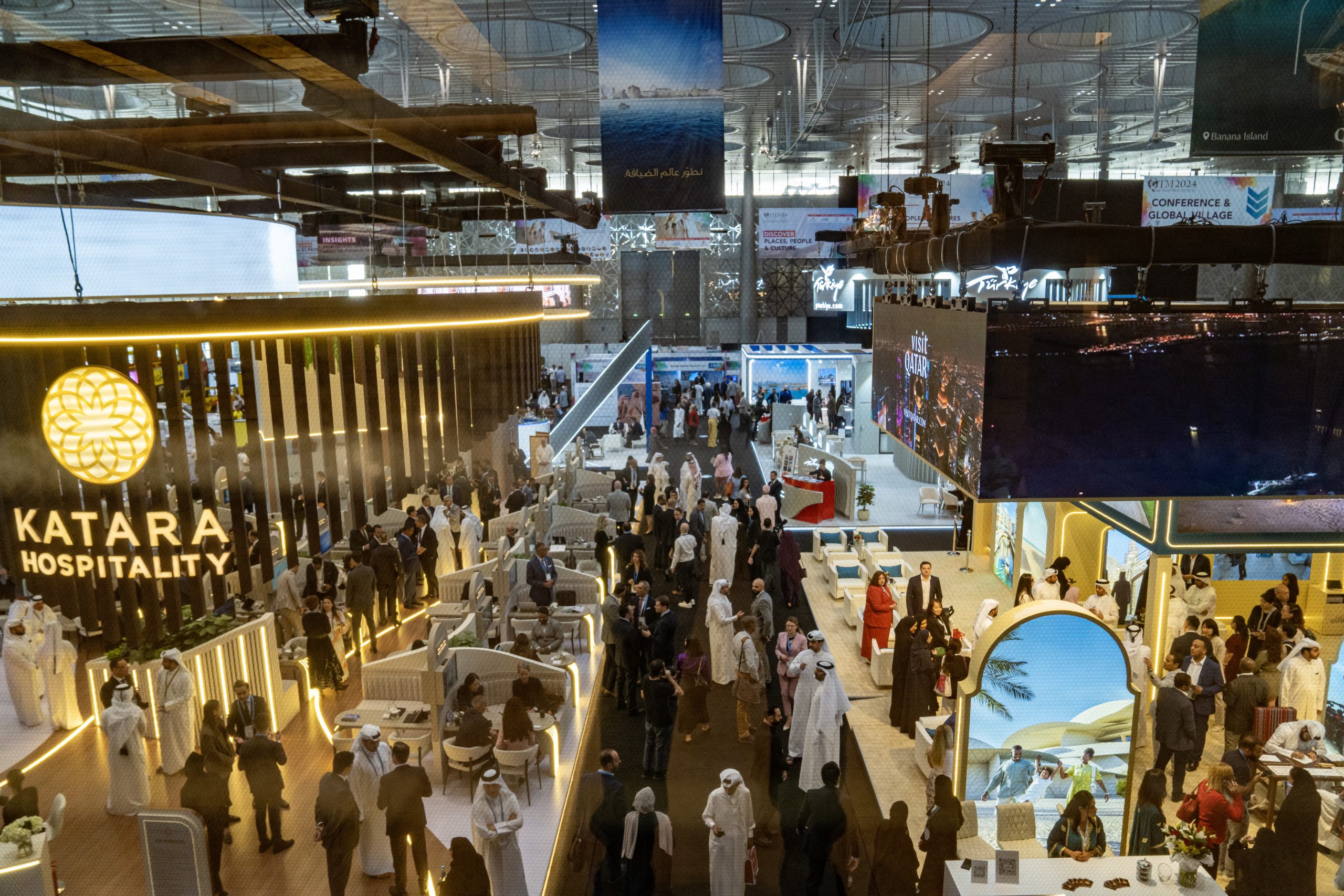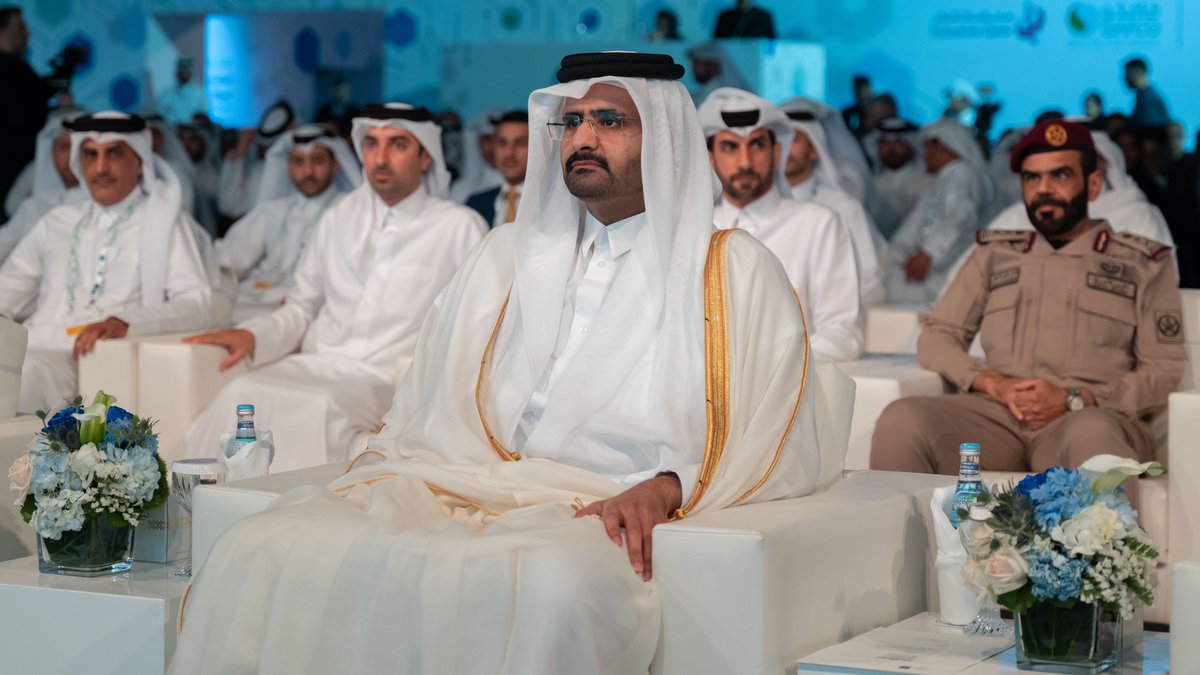The GCC nations’ economies are expanding quickly, and it is anticipated that trade will continue to grow.
The volume of trade between Qatar and other GCC countries has increased by about 85% at the end of the third quarter, compared to the first quarter of 2022.
The Planning and Statistics Authority (PSA) released official data showing that trade between Qatar and the rest of the GCC totalled QAR 7.305 billion in the first quarter of last year and QAR 10.114 billion in the second.
That amount increased in the third quarter, reaching QAR 13.469 billion.
The pace of trade between the neighbouring nations was so rapid in 2022 that the volume of trade during the first three quarters exceeds that of the entire year of 2021.
A total of QAR 19.12 billion in trade was conducted between Qatar and the GCC in 2021, while QAR 30.88 billion was transacted during the first three quarters of 2022.
In the first, second, and third quarters of last year, total exports to the GCC were QAR 5.611 billion, QAR 8.732 billion, and QAR 11.531 billion, whereas total imports were QAR 1.694 billion, QAR 1.382 billion, and QAR 1.938 billion, respectively.
The value of Qatar’s total exports (including exports of domestic goods and re-exports) in the third quarter of 2022 reached QAR 138.8 billion, up QR56.2 billion (68 percent) from the third quarter of 2021, when it was just QAR 82.6 billion in comparison.
The third quarter of last year saw an increase in total exports on an annual basis, which was primarily driven by higher exports of mineral fuels, lubricants, and related materials, which increased by 77.1%, totalling QAR 54.2bn.
Chemicals and related products, saw a QAR 1bn (13.2%) jump, manufactured goods classified as primary materials increased by QAR 0.6bn (36.6%), and miscellaneous manufactured goods, which increased by QAR 0.4bn (184.2%).
On the other hand, decreases were primarily seen in food and live animals, down QR0.002 billion, accounting for 7.7%, and machinery and transport equipment, down QR0.03 billion, almost 1.6%.
Qatar’s imports increased by QAR 6.7 billion from the third quarter of 2021 to the third quarter of 2022, totalling QAR 31.5 billion, marking a 27.1% jump.
Despite the effects of the Covid-19 pandemic and the war in Ukraine, the region’s economy is predicted to grow by 4.5% in 2023 and 3.4% in 2024, according to the most recent edition of the ‘Survey of Economic and Social Developments in the Arab Region’ published by the UN Economic and Social Commission for Western Asia (ESCWA).
The uptick in trade in 2022 came just one year after Saudi Arabia, the United Arab Emirates, Bahrain and Egypt lifted an illegal air, land and sea blockade in January 2021.
At the time, the quartet had accused the Gulf state of supporting terrorism – claims Qatar has vehemently denied and slammed as baseless.
Before the crisis, Qatar relied on imported goods for more than 80% of its food, which prompted authorities to provide alternative products and in turn grow the country’s self-sufficiency.
However, trade between Qatar and a number of GCC nations has since resumed, though progress in rapprochement has differed from one country to another.







